I’m a little late with sharing my reading list for June – but, as they say, better late than never. Here’s what I read last month.
Books for Children
-
Poetry Comics, by Grant Snider (Chronicle Books, 2024). I fell in love with this book in the conference bookstore at the AFCC last month and, in spite of my luggage already overflowing, knew I had to own it. A blend of image and work to make perfect little poems for children – and adults – to adore.
Tree, by Claire Saxby and Jess Racklyeft (Allen & Unwin, 2024). Oh wow! Full disclosure: Claire is a lovely friend of mine, but I don’t think that could have made me any more in love with this book. The ecosystem of a single tree, in poetic text and with sumptuous illustrations make this an absolute work of art.
Seed to Sky: Life in the Daintree (Nature Storybooks), by Pamela Freeman & Liz Anelli (Walker Books, 2024). A perfect complement to Tree, this one traces the journey of a different tree (a Bull Kauri pine) from seed, to sapling, to towering tree. Just lovely.
 Let’s Chase Stars Together: Poems to Lose Yourself In, by Matt Goodfellow (Bloomsbury, 2022). I picked up this collection in a bookshop in London and am very glad I did. The poetry is aimed at middle grade graders, and covers tough topics, like family breakdown, domestic violence and loneliness, as well as happier ones that made me smile. It’s excellent.
Let’s Chase Stars Together: Poems to Lose Yourself In, by Matt Goodfellow (Bloomsbury, 2022). I picked up this collection in a bookshop in London and am very glad I did. The poetry is aimed at middle grade graders, and covers tough topics, like family breakdown, domestic violence and loneliness, as well as happier ones that made me smile. It’s excellent. The Flying spring Onion, by Matthew Sweeney (Faber & Faber, 1992). I didn’t know Sweeney’s work, but an activity on a writing retreat last month used one of his poems, Fishbones Dreaming, led me to want to read more and I managed to find a copy of this book. A mix of nonsense, whimsy and curiosity.
The Flying spring Onion, by Matthew Sweeney (Faber & Faber, 1992). I didn’t know Sweeney’s work, but an activity on a writing retreat last month used one of his poems, Fishbones Dreaming, led me to want to read more and I managed to find a copy of this book. A mix of nonsense, whimsy and curiosity.A Leaf Called Greaf, by Kelly Canby (Fremantle Press, 2024). This beautiful picture book made me cry – it is such a perfect depiction of grief, in its many forms, accessible for young children but also sure to touch adult hearts, as it did mine.
Antarctica, by Moira Court (Fremantle Press, 2019). Another beautiful picture book with collage art bringing to life the diverse animal inhabitants of Antarctica.
The Kindness Project, by Deborah Abela, Puffin Books, 2024). I’ve been anticipating this one for a while, knowing that Deborah Abela was working on a verse novel and being equally sure that it would be wonderful. It is!
 Watercress, by Andrea Wang, illustrated by Jason Chon (Neal Porter Books, 2021). I was lucky enough to meet Andrea Wang and hear her speak at last month’s AFCC in Singapore, and knew I needed to own this stunning picture book about belonging, and memories, and families.
Watercress, by Andrea Wang, illustrated by Jason Chon (Neal Porter Books, 2021). I was lucky enough to meet Andrea Wang and hear her speak at last month’s AFCC in Singapore, and knew I needed to own this stunning picture book about belonging, and memories, and families.
Books for Young Adults
 Where the Heart Should Be, by Sarah Crossan (Bloomsbury, 2024). Oh. This is brilliant. I knew it would be – Sarah Crossan is one of my favourite verse novelists. This time she is sharing a story of love, family, and hardship set in the midst of the potato famine in Ireland. I picked this copy up in England, but am pleased to see it’s available in Australia.
Where the Heart Should Be, by Sarah Crossan (Bloomsbury, 2024). Oh. This is brilliant. I knew it would be – Sarah Crossan is one of my favourite verse novelists. This time she is sharing a story of love, family, and hardship set in the midst of the potato famine in Ireland. I picked this copy up in England, but am pleased to see it’s available in Australia.
Books for Adults
Alphabetical: How Every Letter Tells a Story, by Michael Rosen (John Murray, 2013). Purchased at the Southbank second hand book market in London, because I can’t ever walk away from a Michael Rosen book. The history of the alphabet told with Rosen’s intelligence and humour. So many interesting tidbits and side quests.
How to Avoid a Happy Life, by Julia Lawrinson (Fremantle Press, 2024). I have been eagerly awaiting the release of this one – I know Julia personally, and admire her for many reasons. Her honest, open voice, and ability to share some really torrid and almost stranger-than-fiction life events makes a really powerful read.
A Radical Guide for Women with ADHD: Embrace Neurodiversity, Live Boldly, and Break Through Barriers, by Sari Solden & Michelle Frank (New Harbinger). Lots of useful tips for living with ADHD. I probably would have found it more useful if I had read it in hardcopy, because it had lots of exercises, which I couldn’t do while listening on the road.
That brings my total for the year to 70 books. Here’s to loads more reads in the second half of the year.
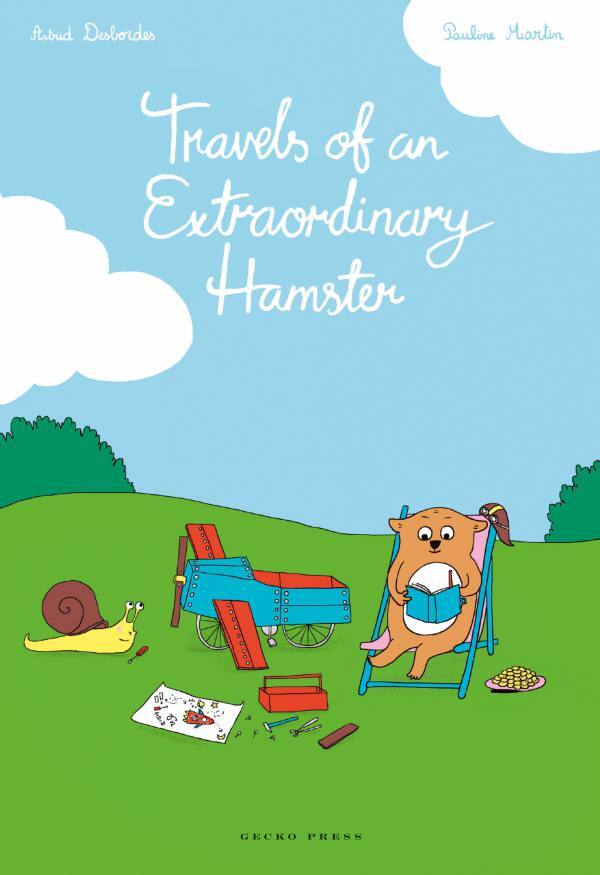 Travels of an Extraordinary Hamster
Travels of an Extraordinary Hamster Tales of a Fourth Grade Nothing
Tales of a Fourth Grade Nothing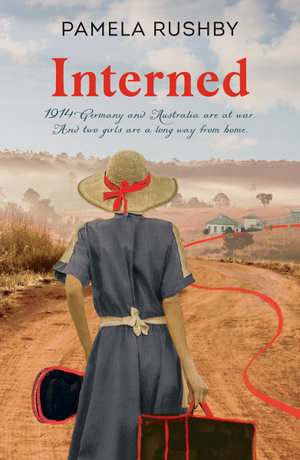 Interned
Interned Everything You Want to See,
Everything You Want to See,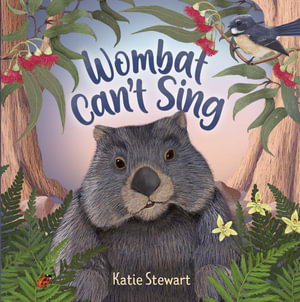 Wombat Can’t Sing
Wombat Can’t Sing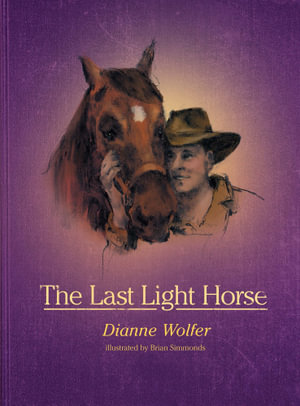 The Last Light Horse
The Last Light Horse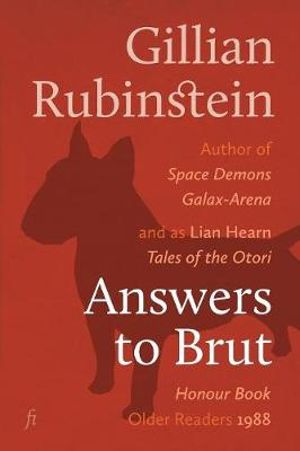 Answers to Brut
Answers to Brut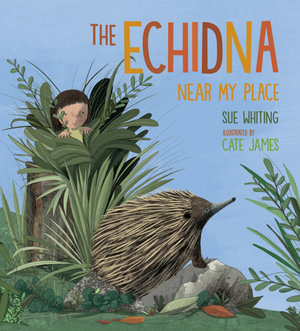 The Echidna Near My Plac
The Echidna Near My Plac The Wearing of the Green
The Wearing of the Green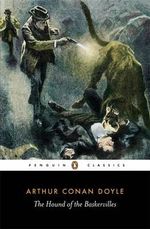 The Hound of the Baskervilles
The Hound of the Baskervilles The Gallerist
The Gallerist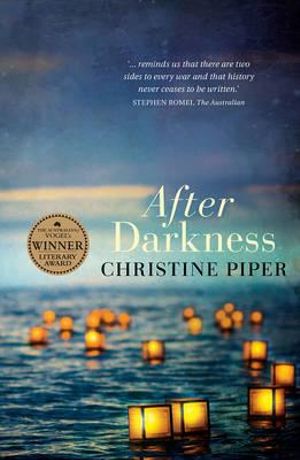 After Darkness
After Darkness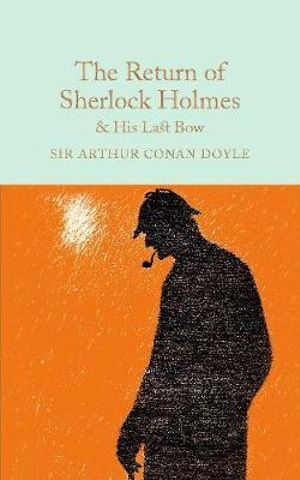 The Return of Sherlock Holmes
The Return of Sherlock Holmes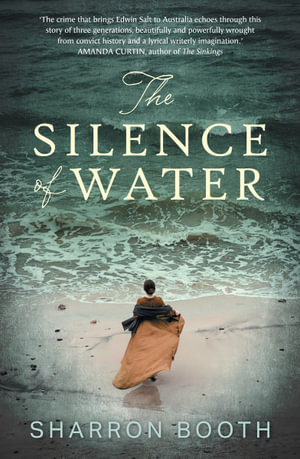 The Silence of Water
The Silence of Water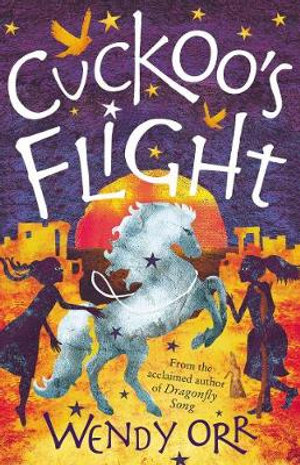 Cuckoo’s Flight
Cuckoo’s Flight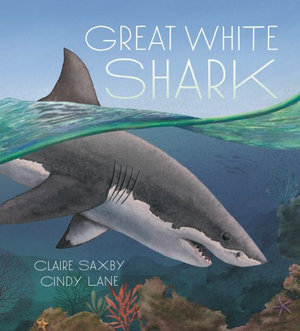
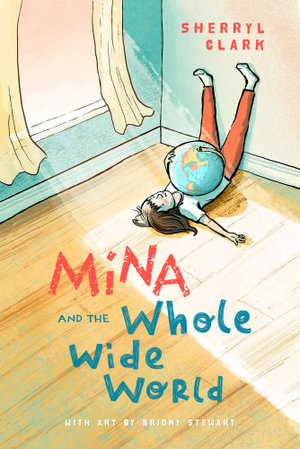 Mina and the Whole Wide World,
Mina and the Whole Wide World, Are You There, Buddha
Are You There, Buddha Leilong the Library Bus
Leilong the Library Bus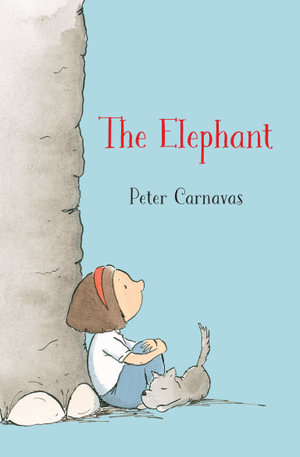 The Elephant
The Elephant Exit Through the Gift Shop
Exit Through the Gift Shop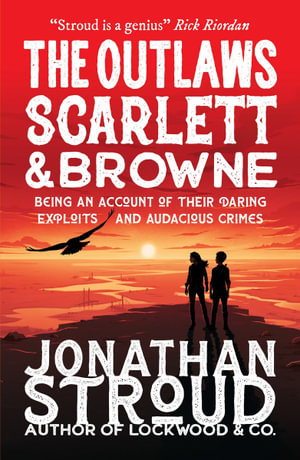 The Outlaws
The Outlaws Find Us
Find Us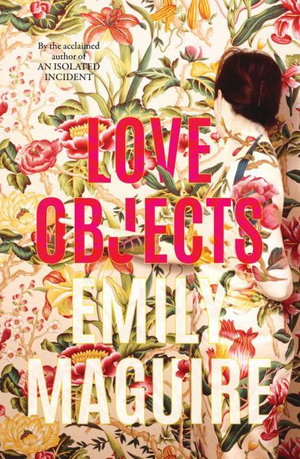 Love Objects,
Love Objects,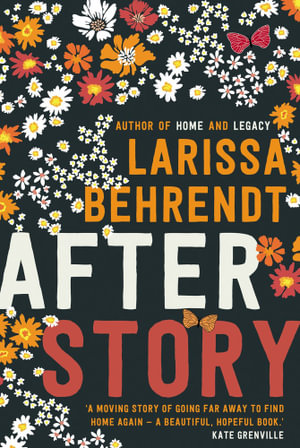 After Story
After Story The Midnight Library
The Midnight Library otormouth,
otormouth,




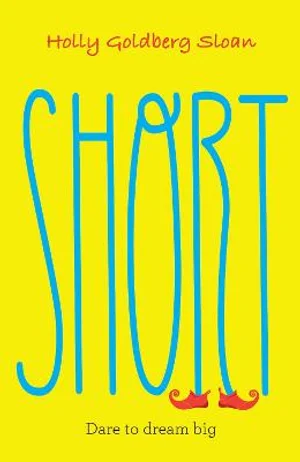

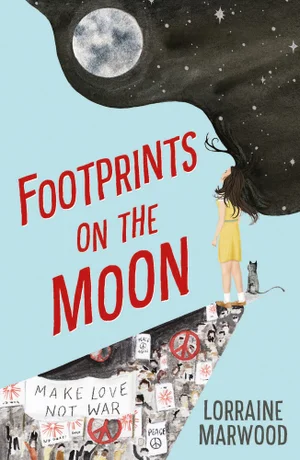

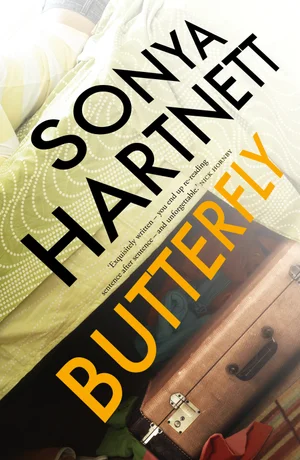
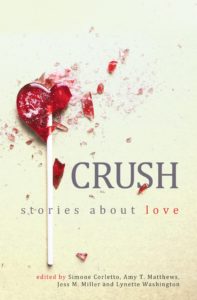 my copy is signed by one of the contributors, Vahri McKenzie who, incidentally, supervised by PhD. But, though I had dipped in and read Vahri’s story, and a couple of others, the book had then sat on on my TBR pile ever since. I’m glad I finally took it out and read it. These are not typical romance stories – they are, as the story suggests, all about crushes. Requited, unrequited, fleeting, long lasting. So much to like and to digest.
my copy is signed by one of the contributors, Vahri McKenzie who, incidentally, supervised by PhD. But, though I had dipped in and read Vahri’s story, and a couple of others, the book had then sat on on my TBR pile ever since. I’m glad I finally took it out and read it. These are not typical romance stories – they are, as the story suggests, all about crushes. Requited, unrequited, fleeting, long lasting. So much to like and to digest.
 Chatter: The Voice in Our Head and How to Harness It
Chatter: The Voice in Our Head and How to Harness It
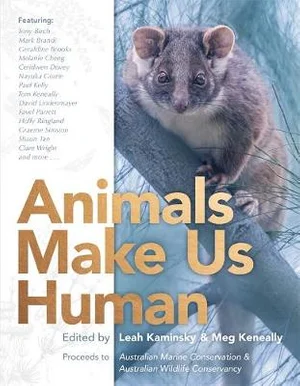 Animals Make Us Human
Animals Make Us Human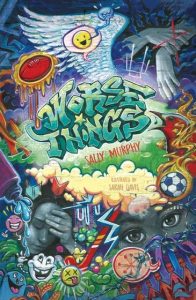 the news that
the news that 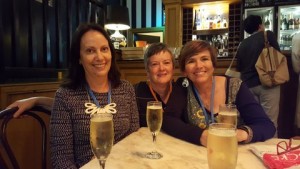
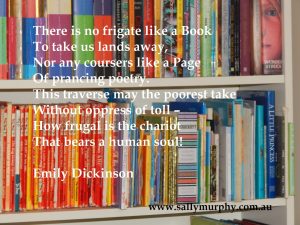 There’s the review pile, which is two shelves in my office,currently home to perhaps books (and, I suspect, likely to grow int he next few days as is wont to happen at the start of a new month). There’s my Borrowbox App on my phone, which has just three unread audio books on it, only because I have a limit of five and I returned two this morning. (if you don’t know about Borrowbox, ask your local librarian. Or ask me.) there’s the pile next to my lounge chair which has perhaps ten books I’ve bought and promised myself don’t need shelving until i have read them. And, in the back bedroom (which I once envisioned becoming my office – ohh how naive is a mother of young adults and a revolving front door), there is a special bookshelf of unread books which I simply must read, and which used to be a pile until it threatened to reach the ceiling and so was designated a bookcase. And that is just my to-be-read pile of books I’ve actually acquired, because I also have lists (several) of books which I MUST borrow/buy and read as soon as possible.
There’s the review pile, which is two shelves in my office,currently home to perhaps books (and, I suspect, likely to grow int he next few days as is wont to happen at the start of a new month). There’s my Borrowbox App on my phone, which has just three unread audio books on it, only because I have a limit of five and I returned two this morning. (if you don’t know about Borrowbox, ask your local librarian. Or ask me.) there’s the pile next to my lounge chair which has perhaps ten books I’ve bought and promised myself don’t need shelving until i have read them. And, in the back bedroom (which I once envisioned becoming my office – ohh how naive is a mother of young adults and a revolving front door), there is a special bookshelf of unread books which I simply must read, and which used to be a pile until it threatened to reach the ceiling and so was designated a bookcase. And that is just my to-be-read pile of books I’ve actually acquired, because I also have lists (several) of books which I MUST borrow/buy and read as soon as possible.